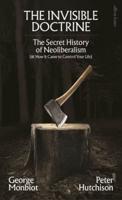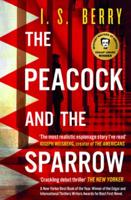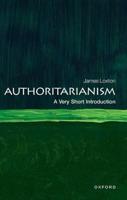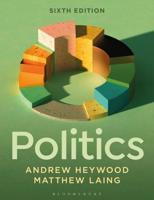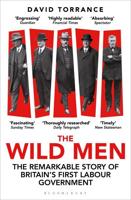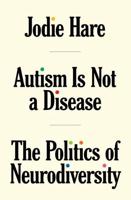Publisher's Synopsis
Whether reading today′s political news blog or last century′s speeches on suffrage, sifting facts from hyperbole and analysis from opinion is a real challenge for students. Keeping the Republic′s lively discussion of "who gets what and how" develops their critical thinking abilities so they aren′t just memorizing details or passively reading. Every section and every feature in the book has one goal in mind: to get students to think critically and be skeptical of received wisdom. Serving as a true aid to teachers, each chapter is designed to build the students′ analytical abilities. By introducing them to the seminal work in the field and showing them how to employ the themes of power and citizenship, this proven text builds confidence in students who want to take an active part in their communities and government- to play their part in keeping the republic, and to consider the consequences of that engagement (or lack thereof). In this fifth edition, students will find discussion of the Obama administration′s early successes and setbacks, of how Congress fared under Democratic majorities, of the 2010 midterm election results, and of the lasting and lingering effects of the Great Recession, health care reform passage, two ongoing wars, the BP oil spill, and a fast-changing mass media climate. Bright, bold colors give the book′s new interior design a jumpstart. Bigger photos visually grab students, but it′s the innovative treatment of key terms, the ability to discern the chapter′s structure from clear headings, and the colorful, but cohesive layout of the features that compel students to read every page. Successful teachers know that pedagogy matters in the classroom. Barbour and Wright have carefully crafted each sidebar, box, and profile to further students′ analytic sensibilities and develop critical thinking skills. • What′s at Stake? - What′s at Stake Revisited vignettes bookend each chapter asking students to think about what people are struggling to get from politics and how the rules affect the outcome of that struggle. • Consider the Source unpacks a method for assessing different types of political information: look for bias, lay out the argument, uncover evidence, and sort out political implications • Who are We? graphically displays a wealth of demographic data. Students evaluate charts, figures, and maps to explore the effect diversity plays on our ideas of government′s role in our lives. • Profiles in Citizenship feature advice about the various ways students can enter public life and make a difference. Insight from figures such as Sandra Day O′Connor, Bill Richardson, Newt Gingrich, and Bill Maher captivate students&BAD:rsquo; imagination • Who, What, How, and WHEN timelines show how key issues in our politi-cal history wax and wane as power shifts and opportunities arise. Instructors will also appreciate the additional elements strategically placed throughout the text that support close and engaged reading: • Marginal glossary definitions allow students to easily reference key terms. • Thinking Outside the Box questions challenge students&BAD:rsquo; assumptions and provoke thoughtful responses and discussion. • To Sum Up sections at the end of chapters include a list of key terms, bulleted list summaries, quiz questions, and suggestions of print, video, and online resources that students might read, watch, or click on. Lone Star Politics pays homage to the legendary political history of Texas while exploring how myth clashes with the reality of the state′s day-to-day governance. How has Texas developed and flourished, but also failed to respond fully to new challenges? Explaining who gets what and how within the state, this Nogadoches author team provides an engaging narrative on the evolution of Texas politics, setting it in context with other states′ constitutions, policymaking, electoral practices, and school systems. Updated to cover recent events, the second edition includes new discussion and expanded coverage of: • the results of the 2010 gubernatorial elections; • the impact of the Great Recession on Texas; • the legislative process and the organization of the legislature; • the "Texas two-step"; • state education policy; • the controversial reauthorization of the Texas Department of Transportation; • the effect of recent court cases. Highly regarded "Texas vs. _____" boxes (which compare Texas to other states) and "Texas Legends" boxes (which showcase figures and institutions that have shaped - and continue to influence - Texas politics) have been enhanced in every chapter. Concise and a great value, Lone Star Politics provides well-crafted content and numerous tables, figures, maps, and photos at an affordable cost.

